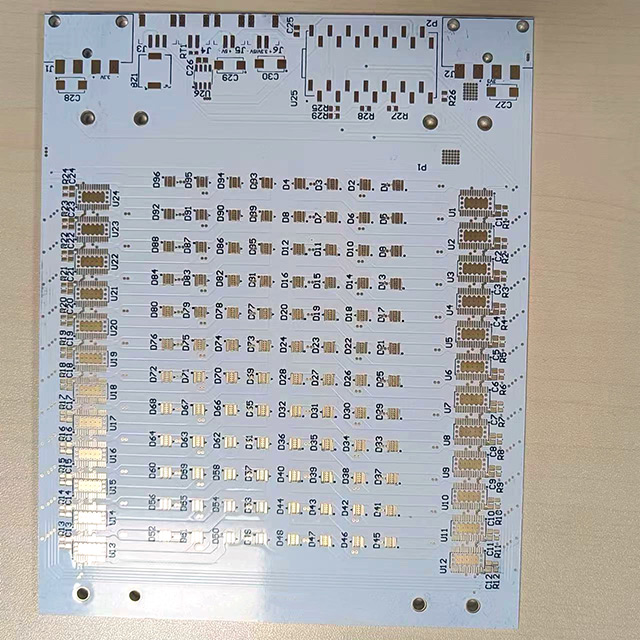I'd have thought that it woukd run fine in delta. L & N to two terminals, cap between one of those and the other corner to assist the third phase. That is the basis of a rotary converter.
You'll probably want extra cap during start.
Having played with making a rotary converter in the past, look forward to a few blown fuses/tripped breaker while you work out the amount of cap needed.
It will help a lot if the compressor can be unloaded during start.
You'll probably want extra cap during start.
Having played with making a rotary converter in the past, look forward to a few blown fuses/tripped breaker while you work out the amount of cap needed.
It will help a lot if the compressor can be unloaded during start.











